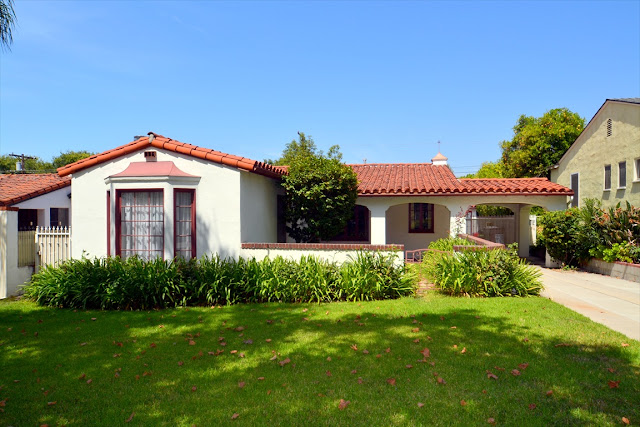Making Of A Capitol Complex (Page 4)
The emergence of Chandigarh, the new state capital of Punjab was principally planned based on the tenets of CIAM 1928, and was projected as a very forward looking city, further claiming to be free from any historical baggage. Invoking the spirit of Le Corbusier, while planned around the hopes of simultaneous arrival of the automotive traffic; when automobiles did not arrive initially on the city road; man on foot who arrived in the city early; was no where kept on the radar screen of the designer's mind When the operational aspects of the city were Calibered. In its formative period, there being fewer vehicles on the city roads, the distances appeared to be longer and the place desolate. They were never user-friendly.
Brasilia, the new national Capital of Brazil though planned on the Canonic principles of Athens Charter (1941), La Charte d' Athen'es suffered from the similar infirmities. One needed to have a brave man's heart when in the 50s and 6Os on a visit to Brasilia || tried to negotiate the distances between the two super-quadras (neighborhood unit for residential areas) on foot. The plaza of the three powers locally recognised as Praca Dos Tres Poders, seat of the three arms of the government anchored the city plan as a whole. Though unique in their architectural Content possessing high Symbolic values, the city remains impoverished for the want of human qualities that people would have liked to Cherish in the 21st century. It is all mega scaled that dehumanises the ordinary citizen. Again, the super quadras as housing module with their oversized volumetric Compositions was far too overbearing and overrated as a design module for any architectural indulgence. Emptiness prevailed all over.
Bhubaneswar, one more state capital on the Indian soil, contemporary to the birth of Chandigarh, became a case of the opportunities lost. If replicating the past was any panacea for our present working to build tomorrow, history would take a different course.
Putting up of Gandhi Nagar, the recent State Capital of Gujarat almost like an extended arm of Ahmedabad is equally uninspiring. Ahmedabad was at one time the textile Capital of India endowed with the rich heritage of old and new architecture, Coupled with the iconic presence of the four key buildings by Le Corbusier and the abounding young talent in architecture, together with the presence of one of the finest architectural schools in the Country. In contrast, the architectural outcome at Gandhinagar seems to be below the average. Its urban fabric tends to be dull, impersonal architecturally impoverished and is of no consequence.
(Continues...)




Comments
Post a Comment